By Rick VanSickle
Stratus Vineyards grows 16 different varieties of grapes at its Niagara-on-the-Lake estate, and they all compete to be a part of the top two wines in any given vintage at the winery.
The 10 red grape varieties and six white are all vinified and aged separately — either in oak, stainless steel or amphora. When the time is right, winemaker J-L Groux, top photo, and his winemaking team begin the arduous task of procuring samples from the various aging vessels and then sit down to begin the most important job they undertake in any given vintage: deciding on the components that will make up the Stratus Red and Stratus White wines of the vintage.
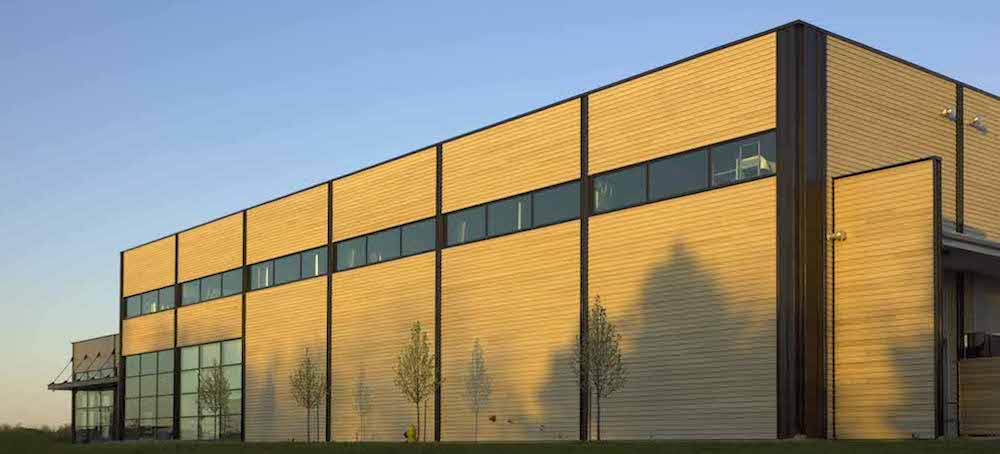
Everything is on the table; there are no preconceived notions, just the will to make the best damn wines they can for the two signature wines and let the chips fall where they may with the rest of the portfolio.
With 16 grape varieties and hundreds of barrels, stainless steel tanks and other aging vessels, that’s a lot sampling and math to find just the right components for the estate’s classic assemblage wines. They are more of a composition, liquid poetry, if you will — “a whole greater than the sum of its parts. On their own, the individual elements are distinctly unique – a diversely planted vineyard with unusually rich soil crafted in a sustainable LEED-certified facility that unites tradition and science.”

I sat down with Groux and estate director Suzanne Janke, along with wine writer Tony Aspler in December to primarily taste the long-awaited new sparkling wines from Stratus (see story here on those bubbles that sold out quickly). But we were also offered a tasting of the Stratus Red and White wines along with other newly released bottlings.
Stratus has long been a stylish operation — with its gravity flow winery, commitment to sustainability and 62-acre estate vineyard rooted in glacial till and clay-loam soil — that creates wines of outstanding quality. But it is still able to surprise with new wines every vintage, cool and unusual bottlings and isn’t afraid to turn to youthful spirit to shepherd new projects such as the Stratus Trials Vol. 2 Skin Contact Viognier, which was a collaborative effort from the cellar team.
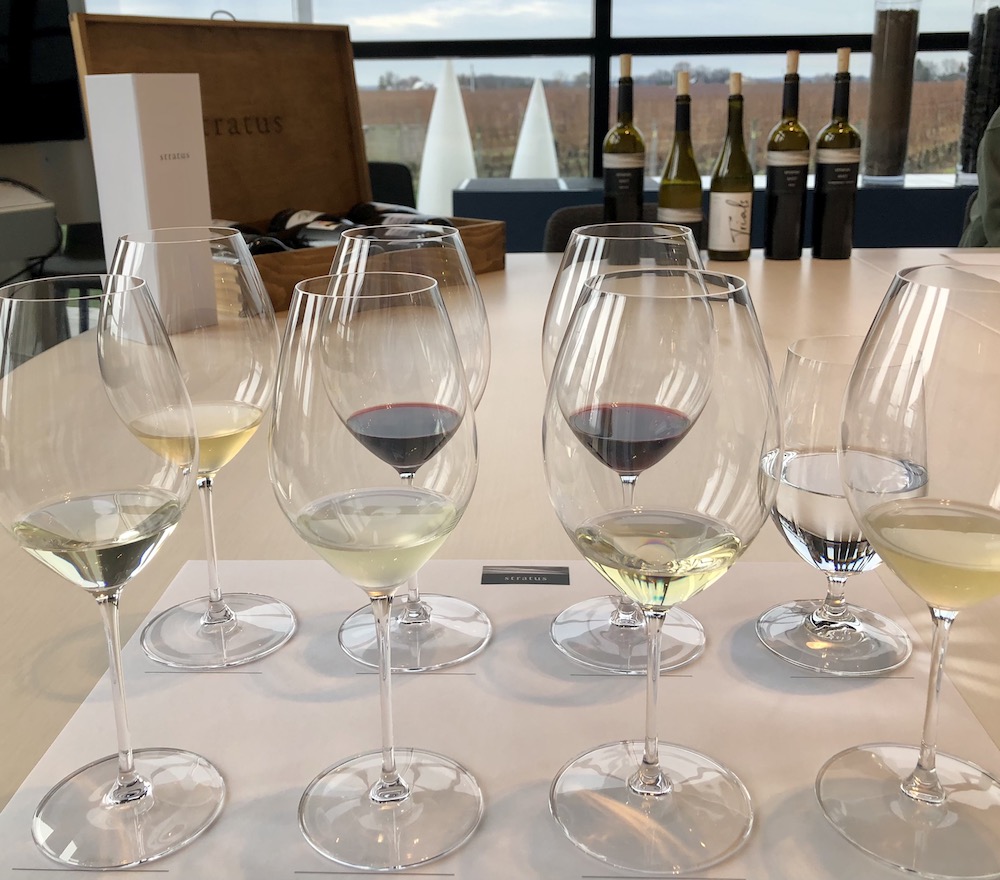
If the beating heart of Stratus lies in the top two wines, its soul is expressed in the remaining portfolio that is anything but staid and routine made by a veteran Niagara winemaker who has never rested on his laurels and always pushes to better his craft.
Here is what I can recommend from the rest of the wines tasted at Stratus last month.

Stratus White 2017 ($39, 94 points) — The blend for this top assemblage from Stratus is 39% Sauvignon Blanc, 26% Chardonnay, 23% Semillon, 10% Viognier and 2% Gewurztraminer that spends nearly two years in French oak, 19% of which is new oak. Without a doubt, the best Stratus White Groux and assistant winemaker Dean Stoyka have assembled, even though this white blend always leaves one flummoxed as to how a seemingly everything-but-the-kitchen-sink blend can come together with such mystifying cohesion. I envision Groux and his team madly mixing and matching hundreds and hundreds of permeations of the components to arrive at something that achieves the seamless synergy as this. The nose hooks you from the start with aromas of marmalade, nectarine, tropical fruits, melon, lychee, saline minerality and barrel spice notes. It is on the palate where you get a sense of pure elegance guided by a mélange of juicy and rich nectarine, melon, guava, citrus fruits and subtle lychee nut with herbs, spice and lanolin/beeswax notes on a luscious finish that is long and bright. Can cellar 5+ years to keep rounding out this beauty.

Stratus Red 2007 ($49, 93 points) — The red assemblage from Groux ended up being a blend of 32% Cabernet Franc, 32% Cabernet Sauvignon, 19% Merlot, 11% Petit Verdot and 6% Tannat with 567 days aged in French oak, 30% of which is new oak. The blend is arrived at with the same rigorous barrel sampling across all the red varieties grown at the estate and the recipe is never the same as previous vintages. 2017 was a gorgeous vintage for Cab Franc and it’s easy to see why it plays a lead role in the blend. It has a lovely herbaceous nose of fresh red fruits, forest berries, bramble, cassis, subtle blackberries and fine integrated oak spices. It has elegant texture in the mouth, from start to finish, with medium tannin structure — plush but not an affront to the senses — with black cherries, brambly raspberries, cassis, currants, depth, complexity and beautiful spice notes on a long and finessed finish. A fine red blend that will bring pleasure for years to come.
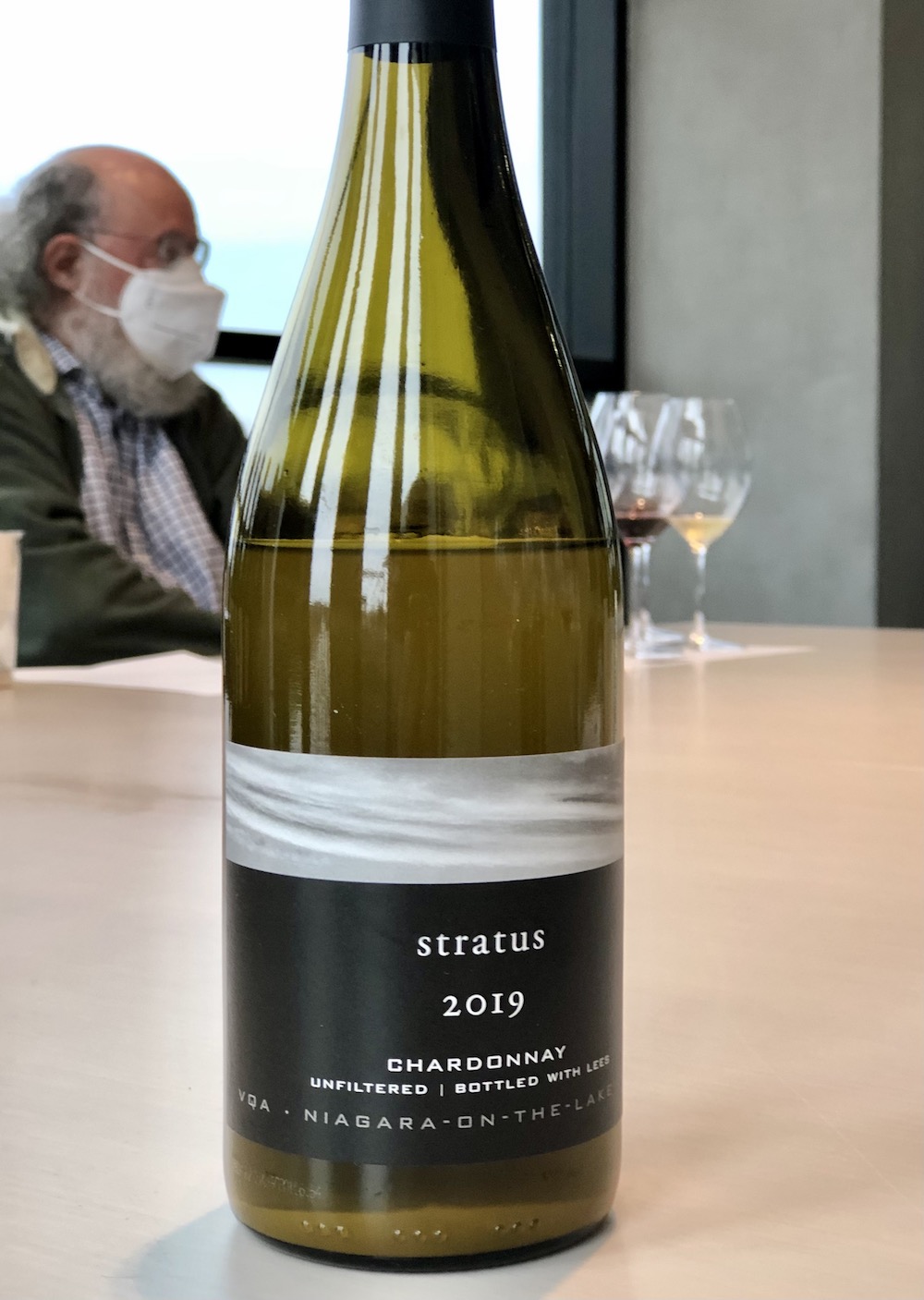
Stratus Chardonnay Unfiltered 2019 ($49, 92 points) — This fascinating Chardonnay is bottled on the lees and is aged for 195 days in neutral French oak and also bottled unfined. As Groux stresses, “It’s not about the lees, it’s about making the best Chardonnay we can.” I am often surprised by Stratus’s Chardonnays, they tend to vary in style from vintage to vintage and are the least likely to conform to any preconceived notion. So, here we go again. What an interesting nose of grapefruit, apple, leesy notes, pear and citrus pith with very subtle oak spice notes. It’s cloudy in the glass and complex with notes of bin apple, guava, lemon tart, apple skin, pear and a lovely salinity that runs through the mid-palate. It shows more spice on the palate, has structure, richness through a perky finish and just hinting at reduction. Oh, yes, you want to cellar a couple of bottles to find out exactly where this is going.

Stratus Trials Vol. 2 Skin Contact Viognier 2019 ($35, sold out) — This sold out quickly, even with a two bottle limit, but wanted to include it here to show you the funky twists and turns going on at Stratus these days. This was a collaborative effort by the cellar team at Stratus — a bit of reward for a job well done. The grapes were kept for 30 days in open stainless steel tanks, was bottled with the lees, unfiltered and no sulphur was added. The nose is laden in tropical and pear fruit with pronounced apricot, a floral note, lemon tart and subtle reductive notes. You feel some tannic structure on the palate then tropical fruit salad, apricot, grapefruit, lemon pith, anise and a touch of salinity and reduction on the finish.

Stratus Cabernet Franc 2017 ($39, 92 points) — This is a textbook example of well-made Cabernet Franc from the Niagara Lakeshore sub-appellation. The wine is aged for 534 days in French oak, 23% of which is new oak. The nose show aromas of brambly raspberries, dark cherries, cassis, minty herbs, anise and wood spice notes. It’s highly structured on the palate with grippy tannins in support of savoury red berries, juicy, ripe cassis, lovely spicy notes with subtle herbs and bright acidity on the finish. Can cellar for 5+ years to tame those tannins and soften the acidity.
The cans
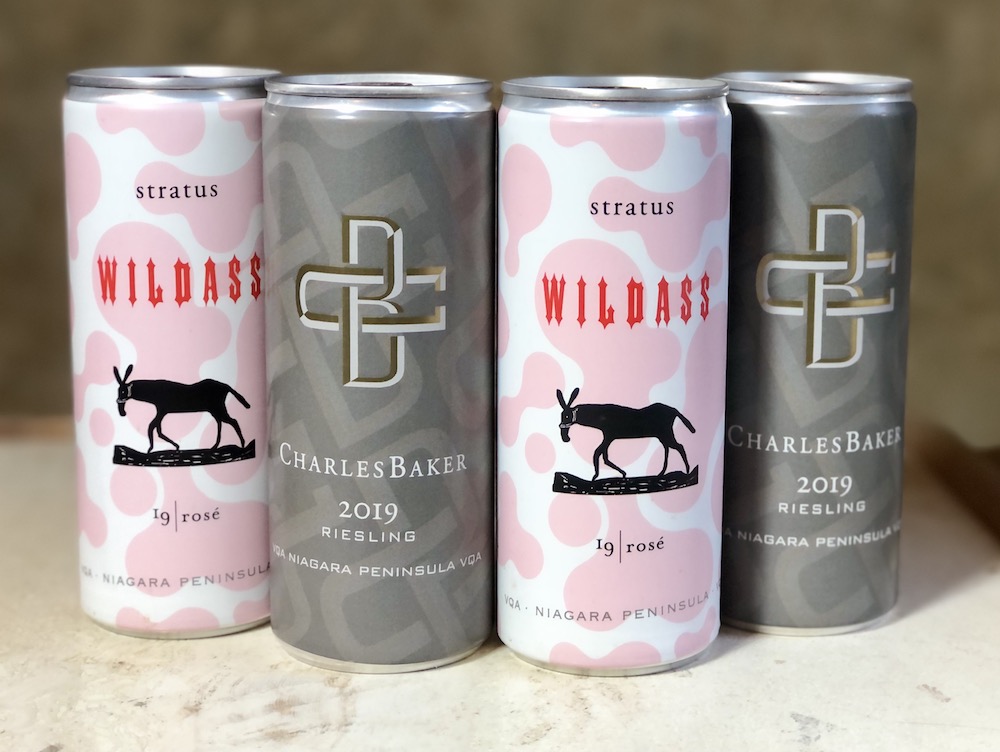
Stratus Wildass Rosé 2019 ($28 for four cans, 88 points) — This rosé is a blend of Merlot, Malbec, Cabernet Sauvignon, Semillon and Riesling. It has a nose of wild raspberries, maraschino cherries and a floral note. On the palate, it’s all about the red berries with a splash of citrus, touch of sweetness and bright acidity to keep it all in balance. Fun and convenient cans for all your outdoor adult activities.
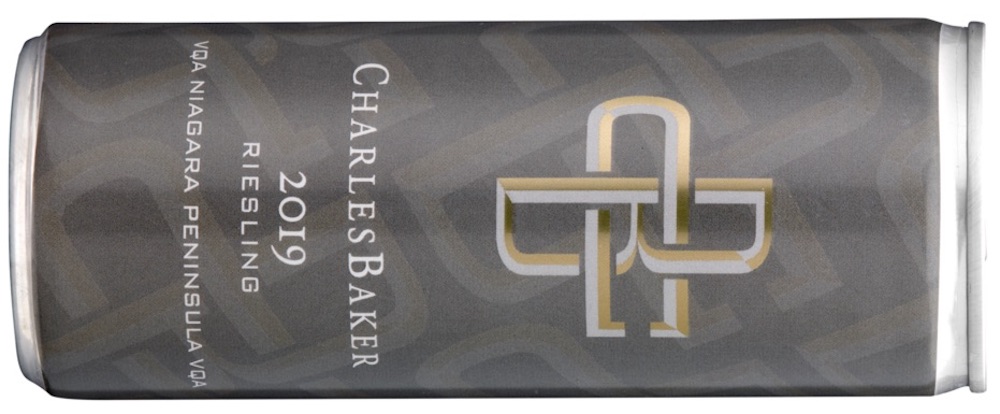
Charles Baker Riesling 2019 ($28 for four cans, available online or directly at Stratus, 87 points) — Charles Baker spends most of his time marketing and selling the wines of Niagara’s Stratus Vineyards, but this is his remarkable wine project that features a range of first-rate Niagara Rieslings, many from top vineyards in the region. This is a friendly, all-purpose Riesling with a nose of citrus, lemon blossom and apple. It’s nicely balanced on the palate with just a hint of sweetness and gushes with lime, grapefruit and green apple with a refreshing kick. Pairs perfectly with a picnic, a back deck, a rooftop deck, a beach, the backyard fire, hot tub … you get the drift!





Comment here